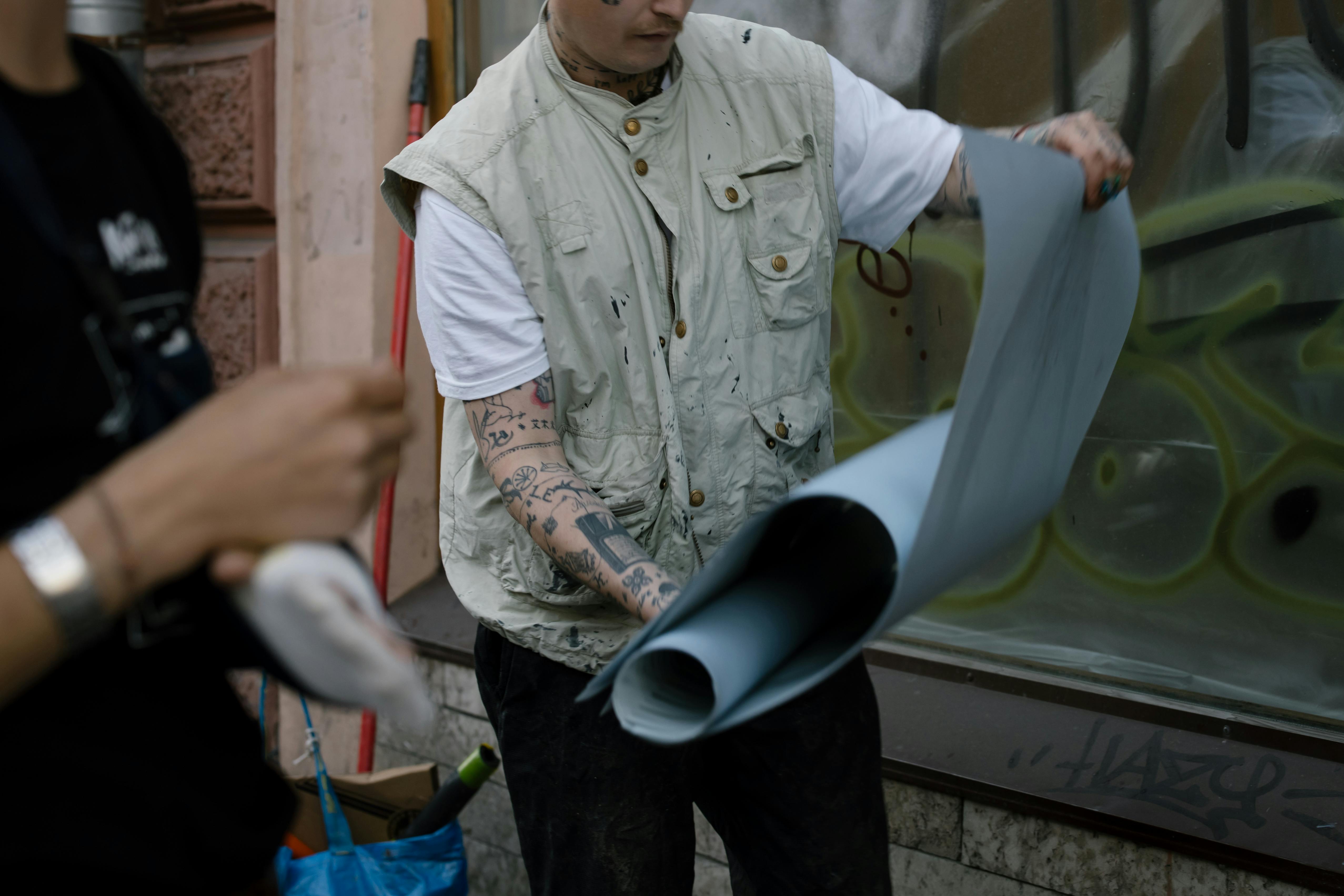
German wedding traditions
Most United States citizens are familiar with the traditions related to marriage in the United States. June is the favorite month for a wedding. “Something borrowed, something blue”, the “groom’s party” for parents and the wedding party, a “dowry (perhaps)”, it is “unlucky to see the bride in her wedding dress before the ceremony” , the father of the bride making that long trip down the aisle with his daughter and men, let’s not forget the “bachelor party”!
But in Germany, the preferred month for marriage is May. Traditions related to marriage in Germany are many and vary by region. Also, some of the younger generations may no longer practice the following marriage traditions.
Eheringe (wedding rings)
During the engagement period, both the bride and groom wear a ring on their left hand. After the wedding they wear the wedding ring on their right hand. Rings are generally gold without diamonds.
Brautkleid (the bride draws)
In Germany, as in the United States, the bride wears “white.” But in Germany, brides wear very short trains or usually none on their wedding dress. If veils are worn, they are fingertip length and are usually never worn over the face like in the US Often a flower headband with ribbons is worn instead of the veils . Other accessories included may be a headband (tiara), a small drawstring bag, and gloves. The custom is for the bride to dress at home or at her parents’ home and then drive to the ceremony.
Brautigams Kleidung (The groom draws)
The groom usually wears a black suit or a tuxedo jacket (tuxedo).
Die Standesamtliche Trauung (The Wedding)
Before a church wedding, the bride and groom will have been married in Standesamt (Registry Office) by a registrar most often found in the Rathaus (town hall). A witness is needed for the bride and also for the groom.
Die Kirche-Hochzeit (The Church Wedding)
Together, the bride and groom will enter the church and walk down the aisle. Because it is not legal to have just one church ceremony, the couple will have already been legally married by a Standesbeamte. Unlike in the US, it is unusual for there to be bridesmaids, groomsmen, or flower girls.
Andere Deutsche Traditionen (Other German Traditions)
Brides often bring salt and bread as a harbinger of good harvests, and the groom brings grain for wealth and good fortune.
Before the wedding, the bride’s belongings are transported to her new home. These may include bedding you’ve collected, a crib in which a doll has been secretly placed, and, for a farmer’s wedding, her parents’ second-best cow.
Hochzeitslader
This Bavarian tradition has an official guest dressed in elegant clothing decorated with ribbons and flowers going from door to door extending a rhyming personal invitation to the guests. Guests accept by attaching one of the ribbons to the Hochzeitslader hat and offering a drink or two at each stop. In case the guests are numerous and the Hochzeitslader is of the nature to accept the offered drinks, you may need a day or two to complete your duties.
Junggesellenabschied (bachelor party)
A few weeks before the wedding, the groom and his male friends go to a Kneipe (pub) to drink and party for the last time as a bachelor.
Polterabend (wedding eve)
At a party the night before the wedding, plates and plates are broken to drive away evil spirits. Only porcelain can be used. Anything else would bring bad luck. The bride and groom have to clean everything. This is to indicate that you can work together.
Hochzeit-Schuhe (wedding shoes)
Another tradition is for the bride to collect pennies over the years to pay for her wedding shoes to ensure that the marriage “starts” on the right foot. The mother of the bride put some dill and salt in her daughter’s right shoe.
Baumstamm Sagen (log sawing)
Another old Bavarian tradition occurs immediately after the church ceremony. When the couple leaves the Church, there is a log on an easel and the couple has to cut the log in half! This is to symbolize the first difficult tasks of your future that you can accomplish together.
Fichtenzweige (fir branches)
As the couple walk to the wedding car, fir branches are placed along the path to pave their first newlywed steps with fresh greenery to symbolize hope, luck, and fertility.
Reis Werfen (Rich’s pitch)
In this tradition it is said that the amount of rice left in the bride’s hair is the number of children the couple will have.
Hochzeitssuppe (wedding soup)
The Hochzeitssuppe is made from beef, meatballs, and vegetables and guests eat from a large bowl.
Eine Weisse Band (a white ribbon)
As the guests leave the church, the bride gives each car driver in the procession a white ribbon to tie to the car’s radio antenna. This procession then goes through the city honking its horn. Other drivers on the route honk their horns in exchange for wishing the newlyweds good luck in their marriage.
Hochzeitstanz (wedding ball)
The first dance is danced by the bride and groom and is traditionally a waltz. The next dance is only for the bride with her father and the groom with his mother, while the mother of the bride dances with the father of the groom.
Brautbecher (bridal cup)
A common toast at the reception in the southern part of Germany is made with a special brautbecher (wedding cup). The pewter or crystal goblet is in the shape of a maiden holding a small goblet on her head. Both ends of the glass (the bride’s skirt and the upper glass) are filled with champagne or wine and the bride and groom drink their first toast from this glass together at the same time that signifies their union as one. This ancient tradition dates back centuries in the small town of Nuernberg.